
The blank canvas is there as a challenge, not to terrorize you • Paint like a locomotive • Don’t try to frost the cake before it is baked • A painter’s life is not for the faint of heart • You will learn more from one hundred starts than you will one hundred finishes • Begin with red, yellow, and blue and expand upon that • Nothing becomes more obvious in a painting than boredom • Don’t eat the paint • Inspiration is for amateurs • Beware of the workshop teacher who quotes too many maxims (ha!) • Painting is a verb, not a noun • Put enough paint down to be able to push it around • Painting isn’t hard: you just have to put the right color in the right place, in the right shape, at the right time • Art is a crazy way to make a living, so just deal with it • Acknowledge your inner child and encourage creative play, but ignore the tantrums • Painting is not like having an affair, it is more like being married with children • And speaking of children – your paintings are not your babies – Be willing to drown, strangle, or expose them to the elements should it become necessary • Mimesis is fancy art-speak for “Hey, it looks like a photograph” • Draw, draw, draw – then go draw some more • Ask yourself as you paint “Is it art yet?” If so, put the brush down • Be bold, be proud, be polite • It ain’t the paint, it ain’t the brushes, and it ain’t the canvas. It’s you • Look first, paint second • Check out an artist’s work before you let him go on too long about it • Don’t keep reworking the fun passages as they are certain to go downhill • When you attend another artist’s opening leave your business cards and portfolio at home • Paint is unpredictable so remain open to being surprised • Painting is not a race unless you are working under the sun or against the tide • The best way to preserve a brush is to never let it dry out • All art is abstract • Be a poet, not a reporter • For goodness sake, simplify! • The fewer the touches, the better the brushwork • A signature is not enough to justify a painting • Paint for the ages but don’t overlook the now • There is no “Secret Sauce of ye Olde Masters” guaranteed to transform your work • Search for the beauty in the ugly for it is often unpainted territory • When you are painting try to forget you are painting • Yes, you may be an artist but it is better to let others introduce you as such • Disconnect all ego from your work or life will become painful • The term ‘tortured artist’ is oxymoronic because painting should be a joy • Selling a painting does not mean it was good, and conversely, not selling a painting does not mean it was bad • Be sure to have fun while you paint because if that is all you get then at least you got that • Color can be irksome and idiosyncratic. Need proof? Mixing yellow and black does not make darker yellow, it makes green • Stop assaulting your viewers with too much detail • If you think you have ‘arrived’ as a painter then you haven’t • Every artist is emerging, no matter the age • Don’t paint just the cupcakes in life, paint the turds too • If you don’t know how to paint, but want to learn how, marry someone who can • Don’t overprice yourself because your work does nobody good stored in your closet • Be on the lookout for the crazy nut-bars in this business, and be polite when you run into them because some of them have money • If somebody insists upon telling you how great an artist your are, don’t argue • ‘Kontent is King’ so choose your subjects carefully as you may end up painting them over and over again • The key to success is remembering what you want and following through • If someone absolutely insists upon telling you what Art is supposed to be, begin nodding your head gently, take a slow step back, and then politely excuse yourself • Beautiful brushwork is like a fine cup of tea – something best served up fresh and consumed with appreciation • Leave the histrionics out as they seldom add much • A cynic is a failed romantic • Let me elaborate on that further: a cynic is a failed romantic and irony is a literary device with no place in a painting • Watching a video or reading a how-to-paint book is like watching or reading about sex – both can be instructive, but never a satisfying substitute • When critiquing your own work learn how to form your own conclusions – after all, the only opinion that counts is yours…
For more general craziness, and perhaps a few actual helpful painting tips, visit Thomas’s informative blog at www.thomaskitts.com.
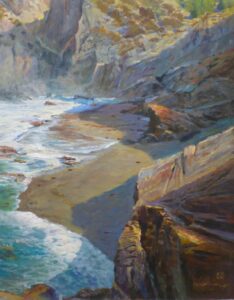
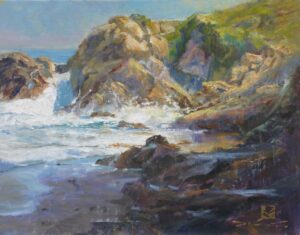
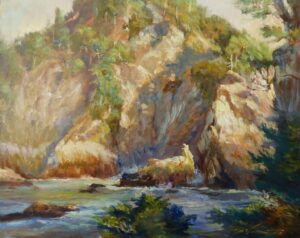
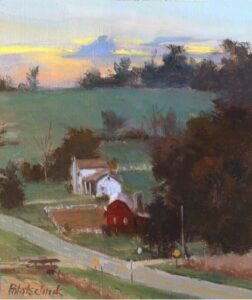 I don’t think as artists that we give much thought to all the studies that have been done on the subject of “Creativity”…we just create. The people who supposedly study these things usually speak of creativity’s five steps.
I don’t think as artists that we give much thought to all the studies that have been done on the subject of “Creativity”…we just create. The people who supposedly study these things usually speak of creativity’s five steps.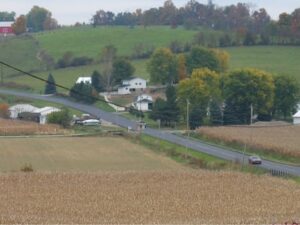 For the painting shown below, I can certainly see the application of all five steps. For me, and I imagine for many artists, the steps are not often separate and distinct; there is a lot of back-and-forth overlapping of them.
For the painting shown below, I can certainly see the application of all five steps. For me, and I imagine for many artists, the steps are not often separate and distinct; there is a lot of back-and-forth overlapping of them.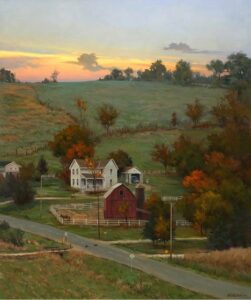



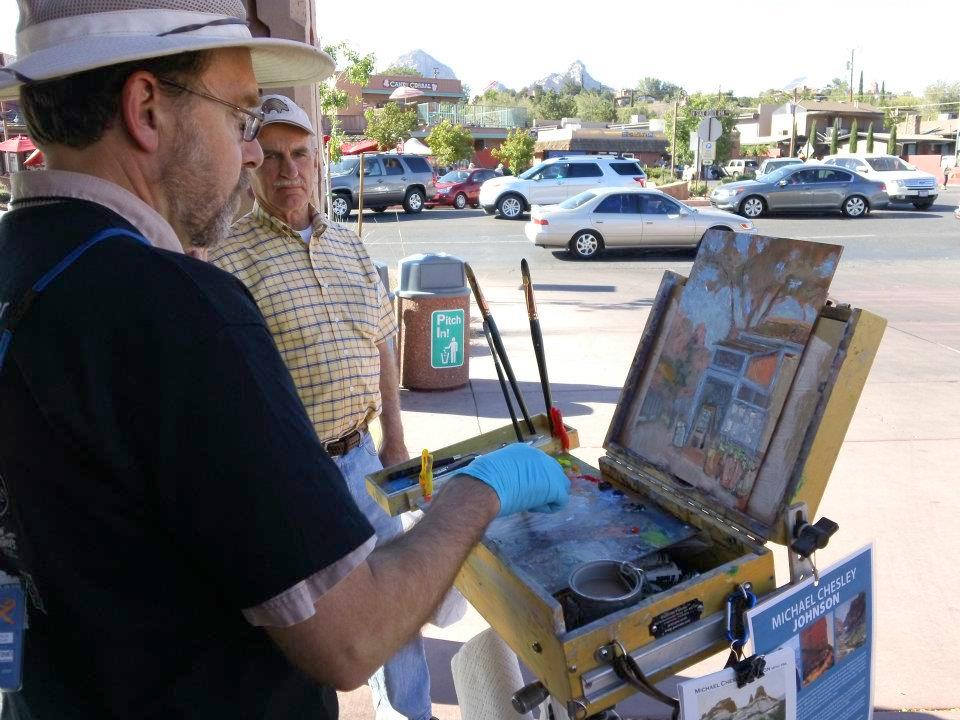
 I paint with both water-mixable oils and traditional oils, and I get a wide variety of responses when people discover this. Everything from rude negativity (“what crap is that?”) to nods from those in the know (“I use them too, aren’t they great!”). It’s rather funny, as most art supplies don’t have groupies or naysayers like this… The lovers and the haters of water-mixables.
I paint with both water-mixable oils and traditional oils, and I get a wide variety of responses when people discover this. Everything from rude negativity (“what crap is that?”) to nods from those in the know (“I use them too, aren’t they great!”). It’s rather funny, as most art supplies don’t have groupies or naysayers like this… The lovers and the haters of water-mixables.
 Faster Dry Time. Water-mixables dry in about half the drying time of traditional oils. The paints actually have two dry times. For thin watery mixes (like a watercolor wash or canvas tone) the water evaporates rapidly and is mostly dry to the light touch in 5-10 minutes. You can still re-wet areas to wipe out or re-mix. At this stage it is possible to start more direct painting, or layering with thicker strokes. To let a thin tone or grisalle layer fully dry (via oxidation) wait at least until the next day. The thicker the paint application (the less water used), the more your dry times will increase. Paint that contains a lot of oil already such as Cadmiums can take longer to dry.
Faster Dry Time. Water-mixables dry in about half the drying time of traditional oils. The paints actually have two dry times. For thin watery mixes (like a watercolor wash or canvas tone) the water evaporates rapidly and is mostly dry to the light touch in 5-10 minutes. You can still re-wet areas to wipe out or re-mix. At this stage it is possible to start more direct painting, or layering with thicker strokes. To let a thin tone or grisalle layer fully dry (via oxidation) wait at least until the next day. The thicker the paint application (the less water used), the more your dry times will increase. Paint that contains a lot of oil already such as Cadmiums can take longer to dry.
 Brand Comparison/Reviews of Water-Mixable Paints:
Brand Comparison/Reviews of Water-Mixable Paints: